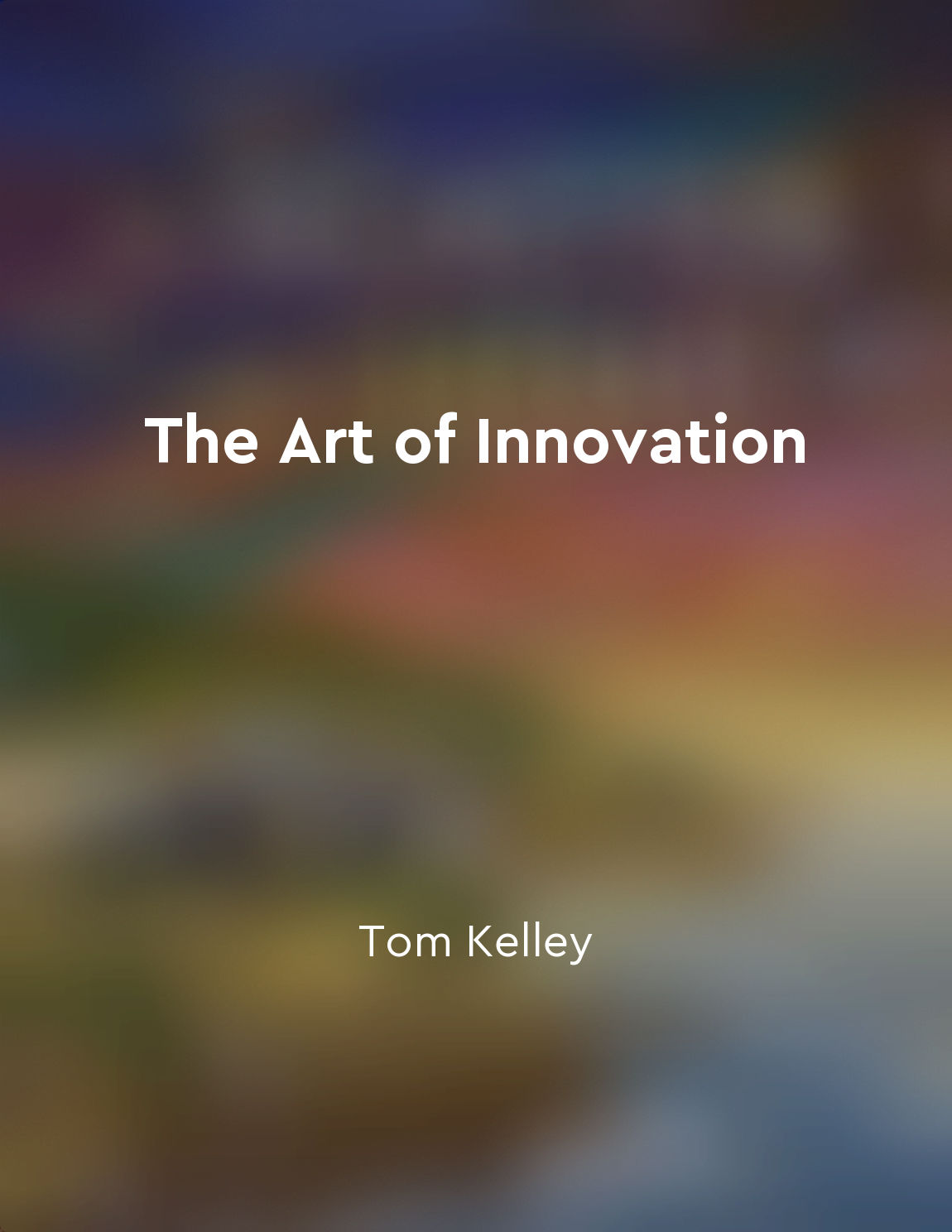Audio available in app
Experience principles guide decisionmaking in design from "summary" of Mapping Experiences by James Kalbach
Experience principles play a crucial role in guiding decision-making when designing products or services. By grounding decisions in these principles, designers can ensure that their choices align with the needs and expectations of users. This approach helps to create experiences that are intuitive, usable, and enjoyable for the people who interact with them. One key aspect of experience principles is their ability to simplify complex design decisions. By distilling overarching principles into actionable guidelines, designers can make more informed choices throughout the design process. These principles serve as a compass, guiding designers toward decisions that will ultimately enhance the overall user experience. In addition to simplifying decision-making, experience principles also provide clarity in design direction. By establishing clear principles that reflect the values and goals of the organization, designers can ensure that their decisions are aligned with the broader vision for the product or service. This clarity helps to maintain consistency in the design process and ensures that all decisions are working toward a common goal. Furthermore, experience principles help to create a coherent design strategy. By articulating the underlying principles that drive design decisions, designers can establish a cohesive framework for the entire design process. This framework ensures that all decisions are interconnected and work together to create a seamless user experience. Transitioning from one design decision to the next can be made smoother by following experience principles. These principles provide a roadmap for designers, helping them navigate the complexities of the design process and make informed choices at each stage. By following these principles, designers can maintain a consistent tone and style throughout their work, creating a cohesive and unified experience for users.- Designers can create products and services that are not only functional and usable but also engaging and delightful for users. This approach ensures that design decisions are made thoughtfully and intentionally, leading to experiences that are tailored to the specific needs and preferences of users. Ultimately, experience principles serve as a guiding light for designers, helping them navigate the complexities of the design process and create experiences that resonate with users on a deeper level.
Similar Posts
Designers should be adaptable and flexible in their approach
Designers need to be able to adapt to different situations and be flexible in their approach. Being open to change and willing ...
Exponential organizations are able to achieve exponential growth through innovation
Exponential organizations have the capability to experience rapid growth by leveraging innovative technologies and business mod...

Rapid prototyping leads to rapid learning
In the world of innovation, speed is of the essence. The faster you can bring an idea to life, the quicker you can test it, lea...

Recognizing the role of emotions in design
Understanding the role of emotions in design is crucial for creating products that resonate with users on a deeper level. Emoti...

A strong brand can command a premium price
A powerful brand possesses the ability to influence consumer behavior in a way that allows it to charge more for its products o...
Encourage social sharing and collaboration
To create a truly engaging experience, it's important to tap into the power of social sharing and collaboration. By designing f...
Continuously improve and refine product strategies
Product strategies are not set in stone; they must evolve and adapt to changing market conditions and customer needs. As a prod...
Different mapping tools cater to various needs
Mapping tools are not one-size-fits-all solutions; they come in many shapes and sizes, each serving a specific purpose. The div...
Incorporate user testing to gather feedback for improvements
User testing is an essential step in the design process, allowing you to gather valuable feedback from real users to make impro...
Emotional design is integral to product success
Emotional design is critical to the success of products. It is not just about making products aesthetically pleasing, although ...

